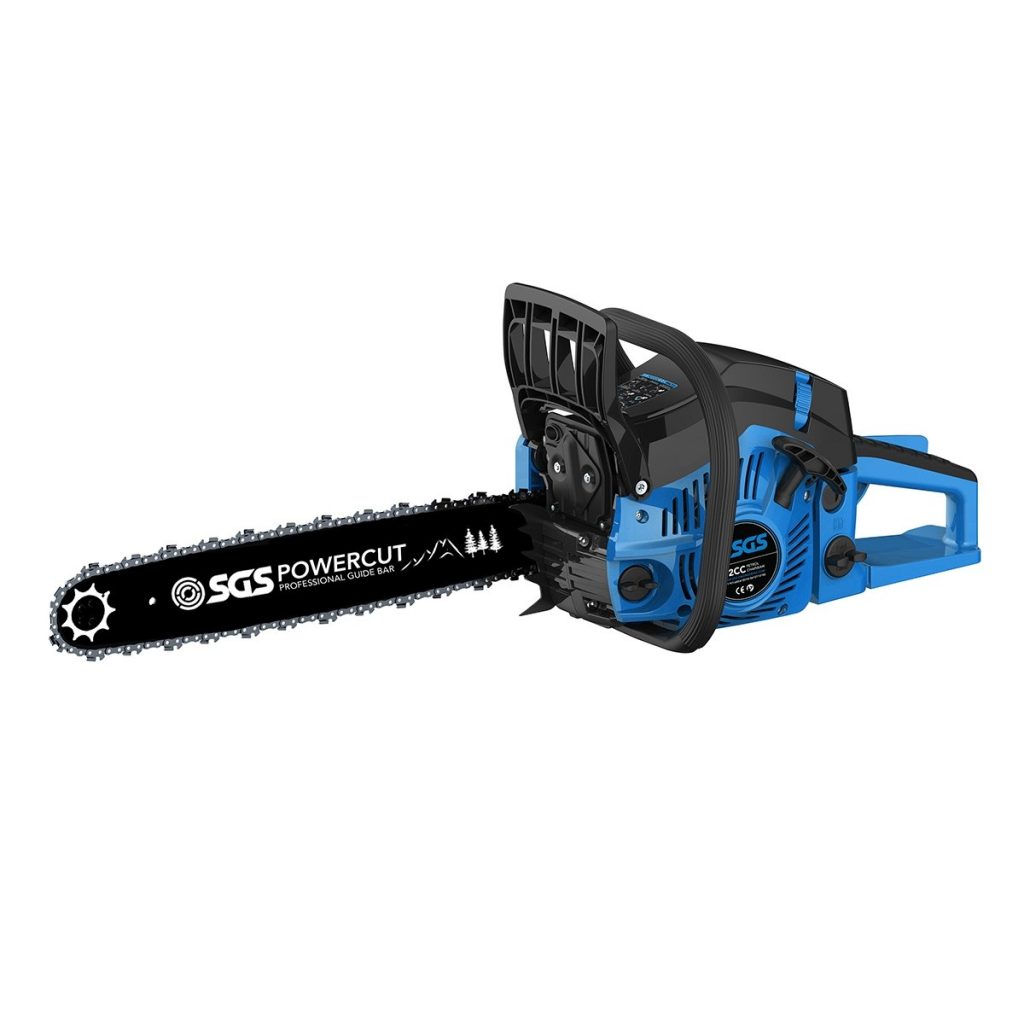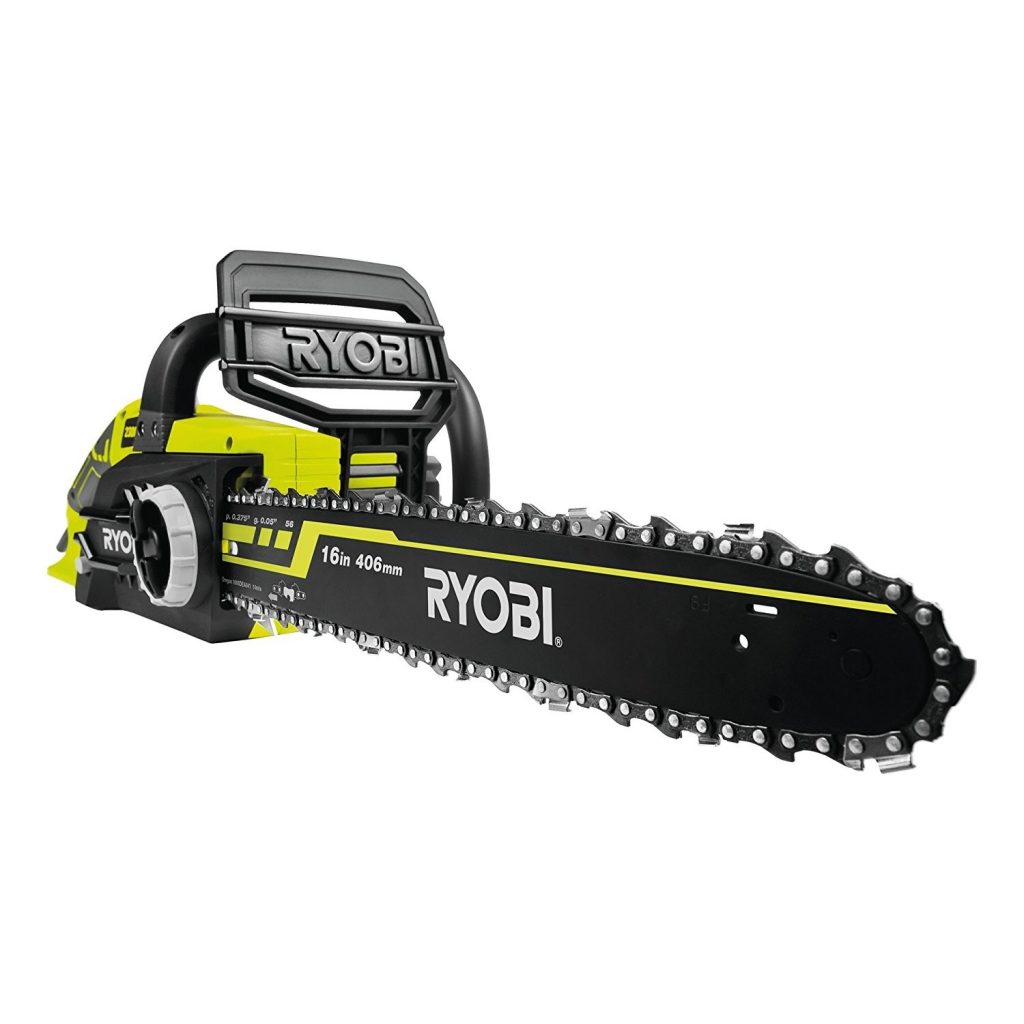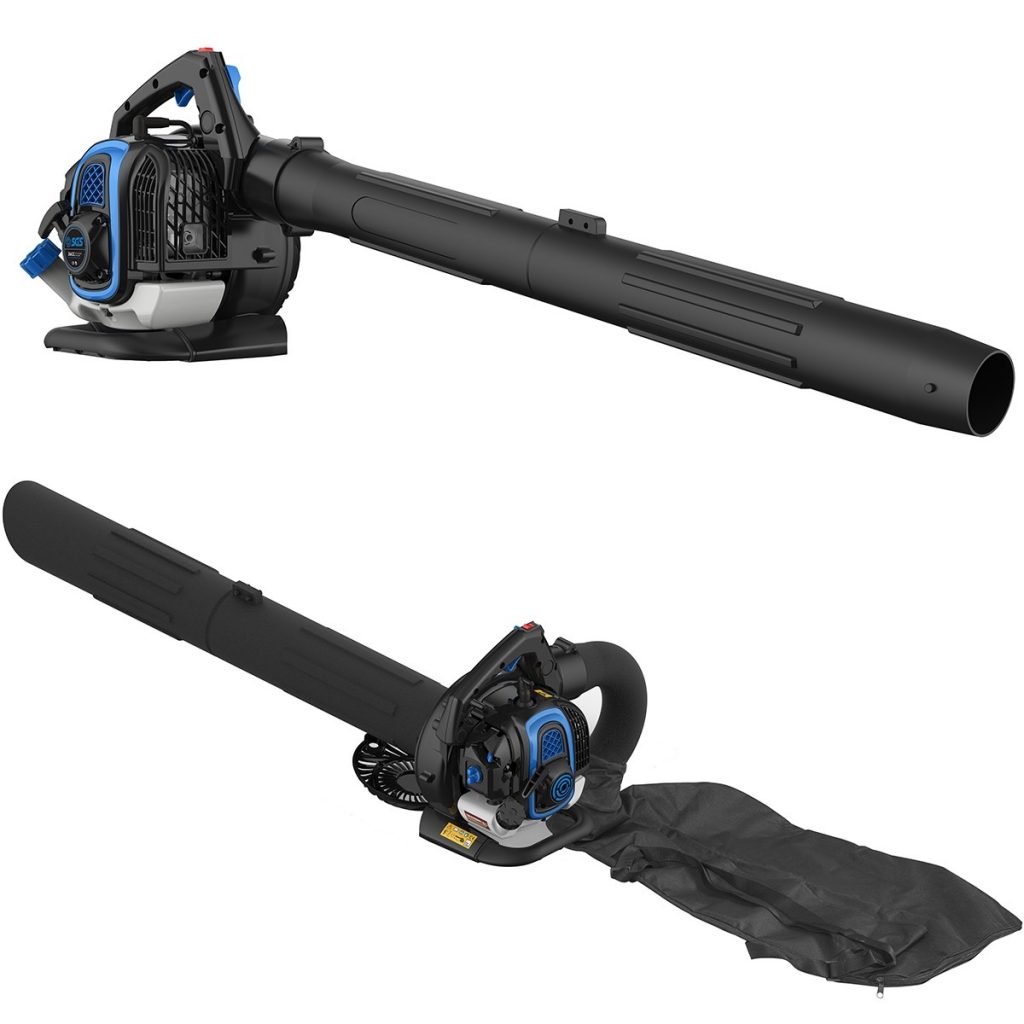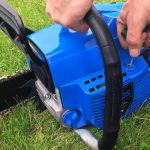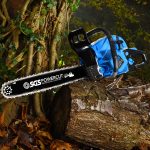Learn the best way to cut down a tree with SGS Engineering, including how to do it safely and the best tools to use.
In most instances tree felling is best left to the professionals. However, when dealing with a small tree, or if you need a larger one cutting down quickly, then it can be done in a safe and effective manner with at least one other person to help - all you need to do is know how to use a chainsaw. SGS are on hand to help you learn how to cut down a tree in a careful, efficient way and provide other bits of tree felling advice for those who have never done it before. Follow the steps below and you’ll soon know how to chop down a tree safely.
Prepare
Preparation is vital to ensure no accidents occur when tree felling. Once you have decided on a day and time to take down the tree(s) that need removing there are parts of the preparation which can be done in advance and some on the day.
Equipment
The correct safety gear is essential for everyone involved in chopping down and limbing a tree. A hard hat must be worn by all in the tree’s vicinity to protect against falling branches. Earmuffs, safety glasses and a face screen along with Kevlar chaps, in case you drop the saw, need to be worn by the cutter.
Depending on the size of the tree the type of tools used will differ.
Chainsaws from SGS are best for making decisive cuts, trimming off branches and slicing up the felled tree.
18V battery powered chainsaws provide a green option while easy start. The unit is designed to meet the performance, durability and ergonomic needs of professional landscape maintenance.
Ryobi 2300W Corded Chainsaw an electrical chain brake stops the chain from moving the instant the trigger is released and a mechanical brake will snap on the instant if there is any kickback during use.
Clear the Area
Hold an axe or similarly sized stick at arm’s length, close one eye and look at the tree, stepping backwards until its top is in line with the treetop. This provides a rough estimate of how far the tree will fall. Set out a perimeter and ensure this area around the tree is clear, with escape routes in all directions. Check for nearby powerlines, fences or anything else that will affect the tree felling.
Cut a Notch: Plan the Notch
On the fall side of the tree, mark out in chalk where you will be cutting the notch. A notch must go no more than one third into the tree, aiming for a fifth is best, and not be higher than your waist. Mark out a 90° angle, with around 60° on the top side and 30° on the bottom.
Make the Cut
Use a petrol chainsaw to make the cut. Do the top cut first and then the bottom one. If the wedge doesn’t drop out extend either of the cuts until it does, without going too deep.
Make the Felling Cut
Mark a line with chalk between the highest parts of the notch on both sides of the tree to use as a guide. Start the felling cut from the opposite side to the fall side.
The Fall
When making the fell cut be alert and prepared to run, as the tree could fall at any moment. Having someone else behind you is advisable at this point as they can look out for when the tree starts to fall or of any dangers overhead. Work out a plan, such as them using a stick to prod you in the back when the tree starts to lean.
Never turn your back on the tree, even when moving away. This way you will reduce the risk of injury by knowing how fast you need to exit the area. Drop your saw if there’s little time as your health is more important than a tool.
Clearing Up
Use a chainsaw for tree limbing once it is laying securely on the ground. Less powerful options such as the 26cc top saw are great for trimming off branches. Begin at the lower end of the trunk, slicing off branches and working your way all the way up to the top. Standing on the left side is easiest as you can rest the bottom of the saw on the trunk.
Leaf Blower and Vacuum
Our NEW Leaf Blower and Vacuum is a perfect tool to clear up any sawdust or leaves from the area or on the trunk. The 2-stroke, air cooled, single cylinder engine provides strong blowing and sucking power. Lightweight, but also ergonomically positioned, it gives improved support and balance. Easy to start and operate, this durable petrol leaf blower is comfortable to hold and move in a sweeping motion for extended periods of time.
still need help?
Our in house experts are always on hand for buying advice and to provide bespoke care, regardless of the application.
Call SGS on 01332 576 850 or fill out our contact form today.
